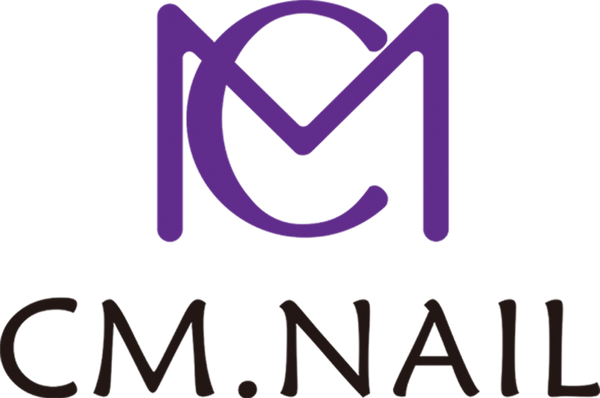
The difference and role of brushless motor and brushless motor of nail polish machine
Share
The difference and role of brushless motor and brushless motor of nail polish machine
1. Core Differences
Working Mechanism
-
Brushed Motor:
-
Uses carbon brushes and a commutator to transmit current, driving the rotor to spin.
-
Friction between brushes and commutator generates sparks and wear during operation.
-
-
Brushless Motor:
-
Relies on electronic commutation (e.g., Hall sensors) and a controller to power coils without physical contact.
-
The rotor is a permanent magnet, and the stator’s magnetic field drives rotation.
-
Structural Complexity
-
Brushed Motor: Simple design, low cost, but prone to wear due to brush-commutator contact.
-
Brushless Motor: Requires a precise electronic controller, making it more complex and technically advanced.
2. Performance Comparison
Efficiency & Power
-
Brushless Motor:
-
Higher efficiency (80%-90%), less energy loss, minimal heat generation.
-
Stable torque and speed, ideal for prolonged heavy-duty tasks (e.g., thick or acrylic nails).
-
-
Brushed Motor:
-
Lower efficiency (60%-70%), energy wasted as heat and brush friction.
-
Torque drops at high speeds; prone to overheating during extended use.
-
Noise & Vibration
-
Brushless Motor: Quieter (no brush friction), minimal vibration, smoother operation.
-
Brushed Motor: Audible brush noise and noticeable vibration, especially at high speeds.
Speed Control
-
Brushless Motor: Precise digital speed adjustment, wide RPM range (10,000–35,000 RPM), ideal for detailed work.
-
Brushed Motor: Limited speed range; unstable RPM at high speeds due to brush wear.
3. Lifespan & Maintenance
Durability
-
Brushless Motor: Longer lifespan (2,000–5,000 hours) with no brush replacement needed.
-
Brushed Motor: Brushes require regular replacement (every 500–1,000 hours); shorter overall lifespan.
Maintenance Costs
-
Brushless Motor: Nearly maintenance-free, but controller repairs can be costly.
-
Brushed Motor: Frequent brush replacement and carbon dust cleanup, but low repair costs.
4. Application Scenarios
Brushless Motor Drills
-
Professional Salons: High durability for continuous, heavy use.
- Precision Work: Carving, gel nail removal, or hard material.
-
Enhanced Experience: Lightweight, low-noise design reduces hand fatigue.
Brushed Motor Drills
-
Home Users: Budget-friendly for occasional use (e.g., basic nail shaping).
-
Beginner-Friendly: Suitable for simple tasks with minimal performance demands.
5. Price Difference
-
Brushless Motor: 2–3 times more expensive than brushed equivalents due to advanced technology.
-
Brushed Motor: Affordable for cost-sensitive buyers.
6. Buying Guide
-
Professionals: Prioritize brushless motors for reliability and efficiency.
-
Casual Users: Brushed motors suffice for occasional, basic needs.
-
Compatibility: Brushless drills may require specific power adapters or controllers.


